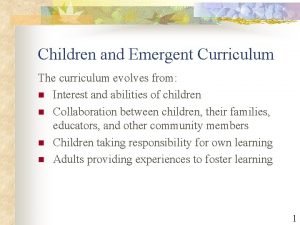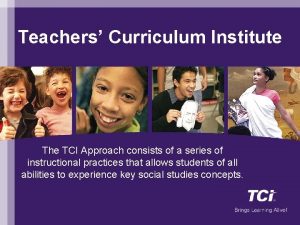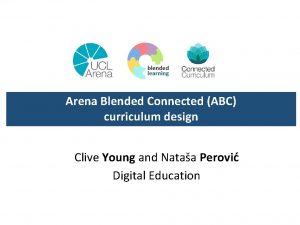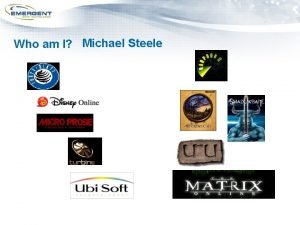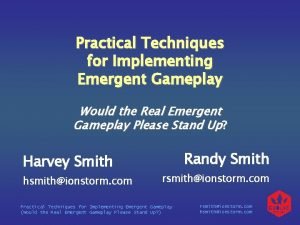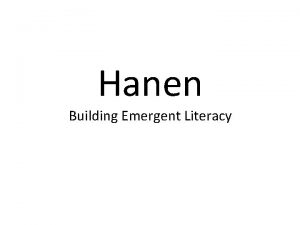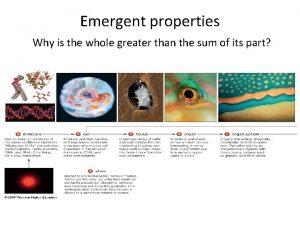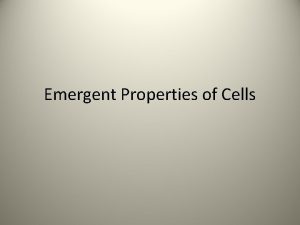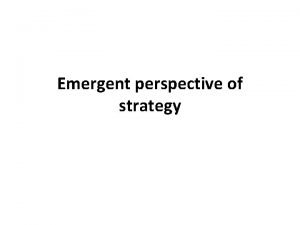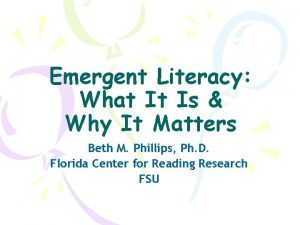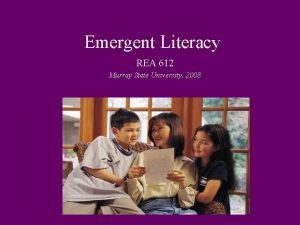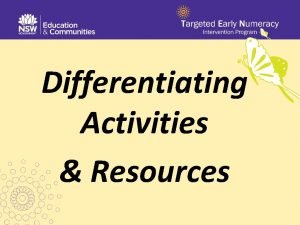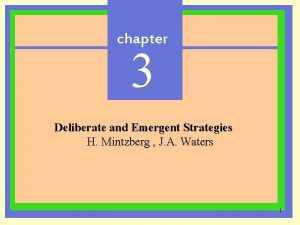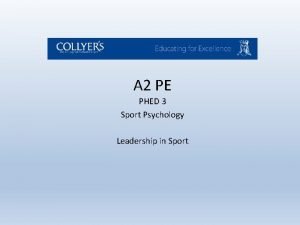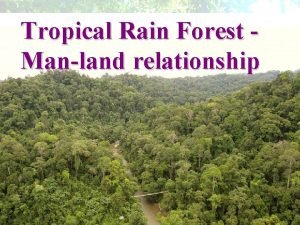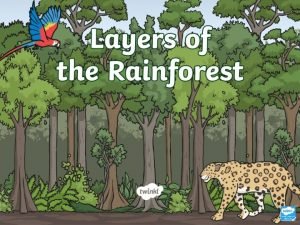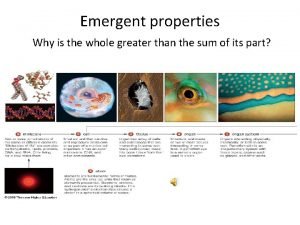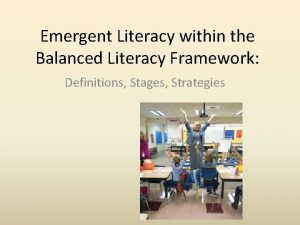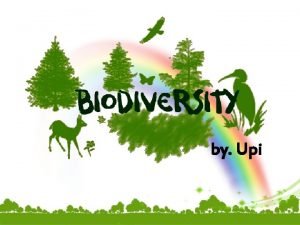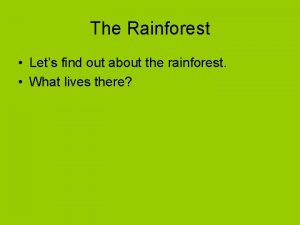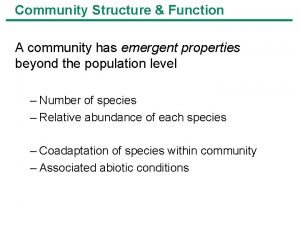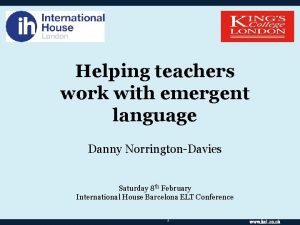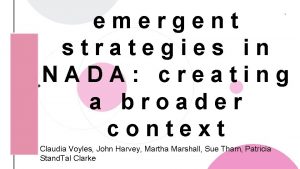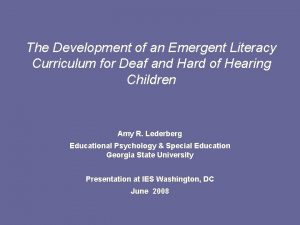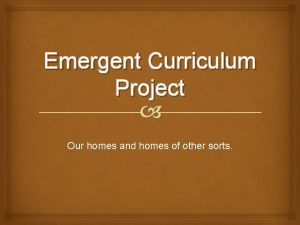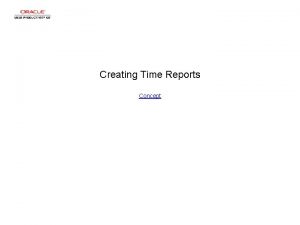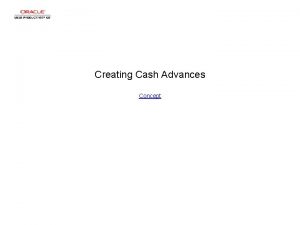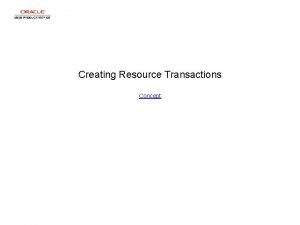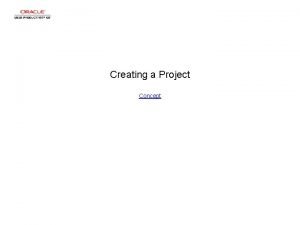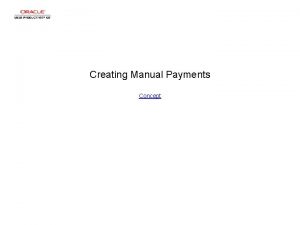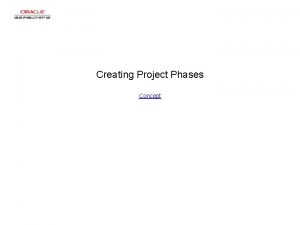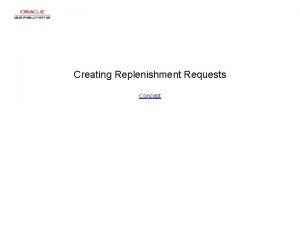Chapter 2 Creating Curriculum In emergent curriculum teachers































- Slides: 31

Chapter 2 Creating Curriculum “In emergent curriculum, teachers and children together decide what to do and teachers participate in learning alongside children, asking their own questions and conducting their own quest” (Wein, 2008). © 2012 Cengage Learning. All Rights Reserved.

Overview • • Curriculum is child-centered/child-initiated Provides for all of the child’s development Encourages learning by doing Is inclusive with appropriate services Supports diverse cultural and linguistic heritage Invites creativity Facilitates physical activity and play Involves families © 2012 Cengage Learning. All Rights Reserved.

Multilevel Process • Philosophy - Expresses basic principles, attitudes and beliefs of program • Goals - General overviews of what children are expected to gain Objectives - Specific teaching techniques or interpretations of the goals - Meaningful descriptions of what is expected to be learned - Designed to meet the physical, intellectual, cultural, social, emotional, and creative development of each child © 2012 Cengage Learning. All Rights Reserved.

DAP Curriculum • Goals are developmentally and educationally significant • Learning experiences reflect what is known - about young children in general - about young children in particular - about the sequences in which children acquire specific concepts, skills and abilities • Builds on prior experience © 2012 Cengage Learning. All Rights Reserved.

NAEYC Ethical Core Values • Components 1. Appreciate childhood as a unique and valuable stage of the human life cycle 2. Base our work on knowledge of how children develop and learn 3. Appreciate and support the bond between the child and family 4. Recognize that children are best understood and supported in the context of family, culture, community, and society 5. Respect the dignity, worth, and uniqueness of each individual (child, family member, and colleague) 6. Respect diversity in children, families, and colleagues 7. Recognize that children and adults achieve their full potential in the context of relationships that are based on trust and respect © 2012 Cengage Learning. All Rights Reserved.

Process of Curriculum Development • • • Ongoing Both planned and unplanned Based on child developmental theories Child-centered, child-directed Provides for effective use of personnel, time, space, equipment, and materials • Inclusive, integrated, emergent © 2012 Cengage Learning. All Rights Reserved.

Curriculum Models and Programs Head Start Bank Street Montessori High/ Scope Reggio Emilia © 2012 Cengage Learning. All Rights Reserved.

Montessori • • • “Absorbent minds” Environment important Hands-on activities Involvement of family Attitude of cooperation rather than competition Self-correcting materials Didactic materials Focus on daily living tasks Sensorial and conceptual materials © 2012 Cengage Learning. All Rights Reserved.

Head Start • • • Publicly funded Comprehensive services Aimed at low-income, at-risk children and families Low child-staff ratio Written curriculum plan known as performance standards Ten percent of enrollment available for children with special needs • Involvement of families • Early Head Start to promote infant and toddler development © 2012 Cengage Learning. All Rights Reserved.

Bank Street • Founded by Lucy Sprague Mitchell • Child-centered learning • Emphasizes the interaction between the child and the environment and interaction between the cognitive and affective (developmental interaction) • Creation of meaning is the central task of childhood • Distinct learning centers • Opportunities for children to experience democratic living • Flexibility in the schedule • Synonymous with “open education” © 2012 Cengage Learning. All Rights Reserved.

High/Scope • Created under the leadership of David Weikert • Began as an intervention program for lowincome, at-risk children • High/Scope Perry Preschool Study • Active learning • Plan-do-review sequence • Emphasizes key experiences now known as key developmental indicators (KDIs) © 2012 Cengage Learning. All Rights Reserved.

Reggio Emilia • • Founded by Loris Malaguzzi Image of a strong child central to philosophy Teachers are skilled observers Pedigogista, atelierista, & The hundred languages of children • Principles are congruent with the principles of developmentally appropriate practice • Environment is a “third teacher” • Relationships central in learning © 2012 Cengage Learning. All Rights Reserved.

Multicultural/Anti-Bias Considerations • Changing demographics • Discover your own cultural uniqueness • Explore your feelings about people who differ from you culturally, racially, or because of special needs • Anti-bias is an attitude that actively challenges prejudice, stereotyping, and unfair treatment of an individual or group of individuals • Ultimate goal- the development of each child to his or her fullest potential © 2012 Cengage Learning. All Rights Reserved.

Multicultural/Anti-Bias Considerations (continued) • Culture Is learned and is something that members of a group share in common • Recognize differences within cultures and within families • A multicultural/anti-bias curriculum is one that actively challenges prejudice and stereotyping • Expanding learning experiences to include others helps young children develop values, respect, and a cultural sense of belonging © 2012 Cengage Learning. All Rights Reserved.

Special Needs Considerations • Inclusion is about belonging, being valued, and having choices • Public Law 94– 142 – Least restrictive environment • Individuals with Disabilities Education Act (IDEA) – Individualized family services plan (IFSP) for children from birth through age three • • • Eligibility Assessment Development Implementation and monitoring Support the transition – Individualized education plan (IEP) for children older than three © 2012 Cengage Learning. All Rights Reserved.

Inclusive Environment • Reflect and be sensitive to the cultural and linguistic diversity of all • Be a teammate with families • Create a developmentally appropriate early childhood environment • Adaptations, modifications, and equipment that reflect needs of ALL children © 2012 Cengage Learning. All Rights Reserved.

Managing the Environment with Appropriate Guidance • Understand child development • Arrangement of indoor and outdoor space - planning for each individual child and group of children - understanding children’s prior experiences and development • Appropriate behavior usually occurs when children feel they belong and their needs are met © 2012 Cengage Learning. All Rights Reserved.

Managing the Environment with Appropriate Guidance (continued) • Three simple guidelines for helping children learn what is acceptable behavior: 1. Behavior must not infringe on the rights of others 2. Behavior must not present a clear risk of harm to oneself or others 3. Behavior must not unreasonably damage the environment, animals, objects, or materials in the environment © 2012 Cengage Learning. All Rights Reserved.

Managing the Environment with Appropriate Guidance (continued) • Appropriate verbal guidance and guidance techniques – Set clear, consistent, and appropriate goals/rules – Focus on developing responsibility and independence • Self-regulation [See Figure 2. 5] – Address behavior, not child – Stop bullying immediately – Consistency in both expectations and applications of rules – Communicate with families – Model expected behavior and self-control © 2012 Cengage Learning. All Rights Reserved.

Indoor Environment • • Should welcome everyone in Should be an aesthetic experience Children need to feel that they belong Organizing learning centers - Hands-on/support child-choice - Accommodate small and large groups - Suggested centers and arrangements - Design and equipment are age-related • Adaptations for children with special needs © 2012 Cengage Learning. All Rights Reserved.

Outdoor Environment • Invites you to “come on out” • Curriculum for the outdoors parallels what teachers do indoors • Plans for children’s emerging developmental interests and skills • Sets reasonable and appropriate rules that are consistently enforced • Safety is the first priority © 2012 Cengage Learning. All Rights Reserved.

Outdoor Environment (continued) • Essential part of the overall primary grade curriculum • Enhances all areas of children’s development • Disappearance of recess • Effect of confinement to small spaces © 2012 Cengage Learning. All Rights Reserved.

Criteria for Equipment, Materials, and Supplies Selection • Equipment should be developmentally appropriate for the children • Non-toxic, safe, durable, aesthetic, sensory • Adequate number, wide-appeal, multicultural and anti-bias considerations • Enough equipment that offers opportunities for gross motor development © 2012 Cengage Learning. All Rights Reserved.

Curriculum Development Themes and units Projects Child Lesson plans Webs © 2012 Cengage Learning. All Rights Reserved.

Themes and Units • A theme is a broad concept or topic • A unit is a section of the curriculum • Basic concepts for developing thematic curriculum – Merge play with child-directed and teacherinitiated experiences – Should be developmentally appropriate – Support a positive self-esteem – Activities should be adaptable © 2012 Cengage Learning. All Rights Reserved.

Projects • A project is an in-depth investigation - Addresses the four major learning goals of all education – Can be done by a small group, entire class, or individual child – Inquiry skills are utilized – Goes through 3 phases 1. Choose a topic 2. Investigate the topic • Co-learning 3. Review and reflect about what you have learned © 2012 Cengage Learning. All Rights Reserved.

Curriculum Webs • Graphic representation of brainstorming ideas • Integrate various learning activities • Develop the scope and content of theme • Child-centered webbing can be used to create activities that focus on the identified needs/goals © 2012 Cengage Learning. All Rights Reserved.

Lesson and Activity Plans • Lesson plans involve making series of choices – Specific planning time – Planning form – “Things to remember” form/checklist • Activity plan – Step-by-step procedures – Writing measurable objectives • Key words © 2012 Cengage Learning. All Rights Reserved.

Transitions • Move children from one activity to another • Challenging behavior often occurs during transitions • Typical transitions • For younger children-help them adjust to arriving and separating from parents • Examples of transition activities © 2012 Cengage Learning. All Rights Reserved.

Observation • • Observation entails the noting and recording of ‘facts’ Observe a child in order to understand the child Controlled, structured, objective Data collection tools – – – Anecdotal record Checklist Reflective log or diary Case study Portfolio assessment • Guidelines [See Figure 2 -16] © 2012 Cengage Learning. All Rights Reserved.

Assessment and Evaluation • Assessment – Refers to the collection of information for the purpose of making educational decisions about children or a program – Methods should be developmentally appropriate – Should be aligned with desired outcomes or goals for children – State standards are often guiding assessment • Evaluation – A continuous process © 2012 Cengage Learning. All Rights Reserved.
 Emergent curriculum meaning
Emergent curriculum meaning Define emergent curriculum
Define emergent curriculum Kim kroll teachers pay teachers
Kim kroll teachers pay teachers Tci approach
Tci approach Arena blended connected
Arena blended connected Emergent game technologies
Emergent game technologies Emergent layer animals
Emergent layer animals Emergent gameplay
Emergent gameplay 2. describe the dunn's high level wellness grid
2. describe the dunn's high level wellness grid Emergent literacy
Emergent literacy Emergent properties biology
Emergent properties biology Emergent properties of multicellular organisms
Emergent properties of multicellular organisms Emergent perspective
Emergent perspective Early emergent literacy
Early emergent literacy Stages of emergent writing
Stages of emergent writing Emergent perceptual figurative counting on facile
Emergent perceptual figurative counting on facile Submergent and emergent coastlines
Submergent and emergent coastlines Emergent system properties in software engineering
Emergent system properties in software engineering Emergent strategy mintzberg
Emergent strategy mintzberg Emergent leaders in sport examples
Emergent leaders in sport examples Characteristic of emergent layer
Characteristic of emergent layer Emergent canopy understory forest floor
Emergent canopy understory forest floor Emergent properties biology examples
Emergent properties biology examples Emergent literacy definition
Emergent literacy definition Borut pfeifer
Borut pfeifer Bio variety
Bio variety What animals live in the rainforest emergent layer
What animals live in the rainforest emergent layer Evd
Evd 3dlat test material
3dlat test material Henry mintzberg strategic management
Henry mintzberg strategic management Functions of community
Functions of community Facts about the canopy layer
Facts about the canopy layer
